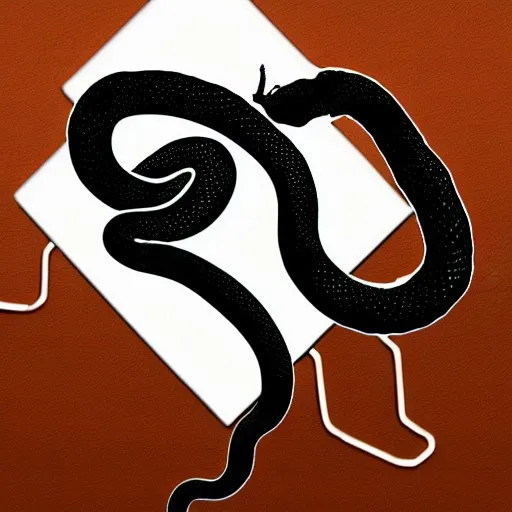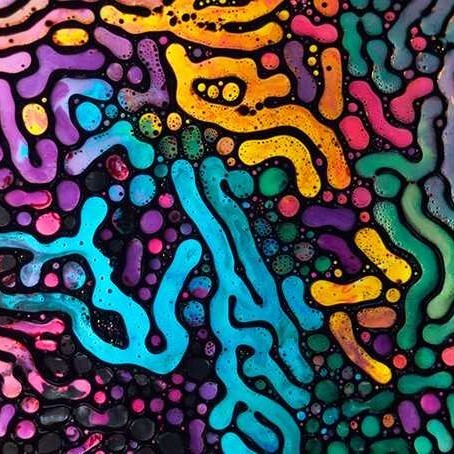tui-sudoku is a configurable terminal interface sudoku game, with quite a few features.
https://gitlab.com/christosangel/tui-sudoku
Starting the game, and through the main menu, the player can :
- Start a new game
- Load previously saved game
- Configure some parameters (colors, preferred editor, puzzle symmetry,preffered png)
- exit the program
PLAYING THE GAME
After choosing the n New Game option, the player can select the level of difficulty.
The user will be presented with the known 9x9 sudoku matrix.
Using the shortcuts in the shown cheatsheet table, the player can
| Shortcuts | Action |
|---|---|
| hjkl 🠄 🠅🠇🠆 | Move Cursor |
| [1-9] | Insert Number |
| 0,␣,␈ | Clear Cell |
| E | Earmark cells |
| H | Toggle Highlight Numbers |
| I | Toggle show Info (key cheatsheet) |
| P | Pause Game |
| S | Save Game |
| z,Z | Undo / Redo |
| M | Return to Main Menu |
| Q | Show Solution & Quit |
-
Typing
Hwhile the cursor is on a number, e.g. 2, will highlight all the 2s in the matrix.Typing
Hagain will undo the highlighting:
-Typing E and entering up to 3 digits, will earmark the cell:
- Entering an illegal number (a number that already exists in the row, the line or the 3x3 block) will mark the number with a different color, and give a warning message:
While the Moption returns to the Main Menu, and the S option saves the game, the Q option prints the solution and exits:
- The user can also Undo or Redo their entries with the
zorZoption respectively.
Back in the Main Menu, the player can also
-
Load a previously saved game with the
loption -
Configure preferred colors, preferred text editor and puzzle symmetry with the
coption -
or Browse the Top Ten Scores (
soption)
The configuration is kept in the $HOME/.config/tui-sudoku/tui-sudoku.config file.
If there is no file kept there, default values will be loaded.
-
You can select the colors you like and the respective codes as they demonstrated here:
https://talyian.github.io/ansicolors/
Default colors
Color Code Script Variable Grid Color \x1b[38;5;60m C1 Given Numbers Color \e[1;33m C2 Found Numbers Color \e[1;36m C3 Wrong Numbers Color \e[1;31m C4 Highlight Color \e[1;32m C5 TextColor1 \e[35m C6 TextColor1 \e[36m C7 -
SYMMETRYvariable configures the symmetry of the given cells in the 9x9 matrix. Valid options are: none, rotate90, rotate180, mirror, flip, or random -
PREFFERED_PNGvariable defines the png that shows in the notifications. These images are located in the$HOME/.cache/tui-sudoku/png/directory.
Any feedback is appreciated!
Added feature in 0.2.0: earmarked cells change color when illegal (the number already exists in row, column or 3x3 square)
Added feature in 0.3.0: Toggle info (key cheatsheet).
Added feature in 0.4.0: Pause Game.
ah… that brought back memories to when I wrote my own sudoku-generator
wanted to know how that one does it’s things
Q=“$(qqwing --generate 1 --difficulty $LEVEL --symmetry $SYMMETRY --csv --solution|tail -1|sed ‘s/./0/g’)”
huh
QQwing is software for generating and solving Sudoku puzzles.
so it doesn’t do the fun parts? sad.
Oh, the FUN parts.
I initially tried to incorporate past attempts to generate a sudoku 9x9 matrix, even added a backtracking routine that would detect and exclude duplicate solutions. Unfortunately, the whole process of generating a new puzzle was taking about 30". What is more, the outcome, although symmetrical and all, was not what I wanted. The routines were in
c. You can have a look if you like:Yeah, I’m totally seeing why using qqwing was easier, better and more robust.
It’s the all-around-better way to do that and the developers of that thing probably already spend more time thinking about those problems than we’ll ever do.
But… fun? :-D
Oh yes, fun!
This looks really nice, I’ll star it so I remember to download it later
I am glad you like it!
hey, this looks really nice. do you have any plans to implement a killer sudoku mode?
don’t know how that could work in terminal with all the small hints and boxes though.
Thanks for the feedback.
Tbh I have never solved a killer sudoku, much less thought of creating a tui program for killer sudoku.
I wouldn’t worry about the appearance in the terminal, it is doable.
Challenge accepted, let me do some research, and it is possible that I can come up with something, stay tuned!
great to hear that, thanks king!
That is extremely cool!
Thank you for your feedback, I am glad you like it.
Almost expected it to be implemented in Electron but was happily wrong. Nice work!
Hahaha, it never entered my mind!
Sudoku is basically a game based on concept of latin squares. There’s a fun volunteer computing project, actually several of them, that are making a global database of all the possible latin squares. Latin squares have lots of interesting applications, small latin squares are used in scientific studies all the time to control for bias/environment. Who knows what new applications will be found when a big enough database of them exists and can be perused for research.
All the projects I know of are on !boinc@sopuli.xyz , here’s the main one https://boinc.multi-pool.info/latinsquares/
Is it possible to get a tag on the repo, so it’s easy to package for package maintainers?
I have no experience on this procedure, I have not done this before, I need to read some documentation to understand what it is you are asking, and if I can, I surely will. If you send me any helpful link, I would appreciate it.
It’s pretty simple. :)
In the gitlab projects page there is a “Tags” section. Click the button to create a new tag, like 0.1.0 or whatever versioning you want, and that’s about it.
That way packagers can target versions, instead of just main branch.
I think I needed this info, I will do it today. Thank you!
I have now added a tag (0.1.0) on the tui-sudoku repo.
Nice. I made an AUR package for it.
Great, I guess that makes this script readily available to any Arch (+Arch based distros) user who is looking for a sudoku program in the AUR, correct? Thanks very much!
That’s correct. Although the user needs to create folders and copy files into their own home folder, as that’s where the script looks for them. But as a package, we can’t touch it, so it’s a manual step for the user.
Thank you again for the effort and contribution, it is very appreciated.
It is one space off in the first row (numbers)
Do you have this problem from the start? Is this the only problem you are facing? Have you installed the dependecies?
You can see it in the image you linked.
Fixed.
Oh, I see. Phew, you gave me a scare for a moment. That I will fix right now, easy. Thanks for the feedback!









